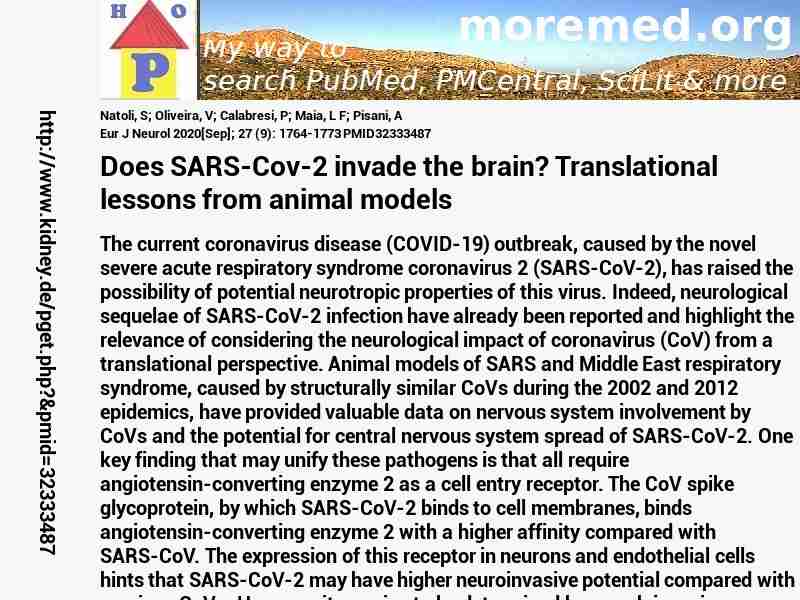
|
10.1111/ene.14277
http://scihub22266oqcxt.onion/10.1111/ene.14277

32333487!7267377!32333487
 free free
 free free
 free free
|  
Deprecated: Implicit conversion from float 209.6 to int loses precision in C:\Inetpub\vhosts\kidney.de\httpdocs\pget.php on line 534
Deprecated: Implicit conversion from float 209.6 to int loses precision in C:\Inetpub\vhosts\kidney.de\httpdocs\pget.php on line 534
Deprecated: Implicit conversion from float 209.6 to int loses precision in C:\Inetpub\vhosts\kidney.de\httpdocs\pget.php on line 534
Deprecated: Implicit conversion from float 209.6 to int loses precision in C:\Inetpub\vhosts\kidney.de\httpdocs\pget.php on line 534
Warning: imagejpeg(C:\Inetpub\vhosts\kidney.de\httpdocs\phplern\32333487.jpg): Failed to open stream: No such file or directory in C:\Inetpub\vhosts\kidney.de\httpdocs\pget.php on line 117
 Eur+J+Neurol 2020 ; 27 (9): 1764-1773 Eur+J+Neurol 2020 ; 27 (9): 1764-1773
Nephropedia Template TP
gab.com Text
Twit Text FOAVip
Twit Text #
English Wikipedia
|
Does SARS-Cov-2 invade the brain? Translational lessons from animal models #MMPMID32333487Natoli S; Oliveira V; Calabresi P; Maia LF; Pisani AEur J Neurol 2020[Sep]; 27 (9): 1764-1773 PMID32333487show ga
The current coronavirus disease (COVID-19) outbreak, caused by the novel severe acute respiratory syndrome coronavirus 2 (SARS-CoV-2), has raised the possibility of potential neurotropic properties of this virus. Indeed, neurological sequelae of SARS-CoV-2 infection have already been reported and highlight the relevance of considering the neurological impact of coronavirus (CoV) from a translational perspective. Animal models of SARS and Middle East respiratory syndrome, caused by structurally similar CoVs during the 2002 and 2012 epidemics, have provided valuable data on nervous system involvement by CoVs and the potential for central nervous system spread of SARS-CoV-2. One key finding that may unify these pathogens is that all require angiotensin-converting enzyme 2 as a cell entry receptor. The CoV spike glycoprotein, by which SARS-CoV-2 binds to cell membranes, binds angiotensin-converting enzyme 2 with a higher affinity compared with SARS-CoV. The expression of this receptor in neurons and endothelial cells hints that SARS-CoV-2 may have higher neuroinvasive potential compared with previous CoVs. However, it remains to be determined how such invasiveness might contribute to respiratory failure or cause direct neurological damage. Both direct and indirect mechanisms may be of relevance. Clinical heterogeneity potentially driven by differential host immune-mediated responses will require extensive investigation. Development of disease models to anticipate emerging neurological complications and to explore mechanisms of direct or immune-mediated pathogenicity in the short and medium term is therefore of great importance. In this brief review, we describe the current knowledge from models of previous CoV infections and discuss their potential relevance to COVID-19.|Animals[MESH]|Brain/*virology[MESH]|COVID-19/*virology[MESH]|Endothelial Cells/*virology[MESH]|Humans[MESH]|Models, Animal[MESH]|SARS-CoV-2/*physiology[MESH]
  
DeepDyve
Pubget Overpricing | 
|